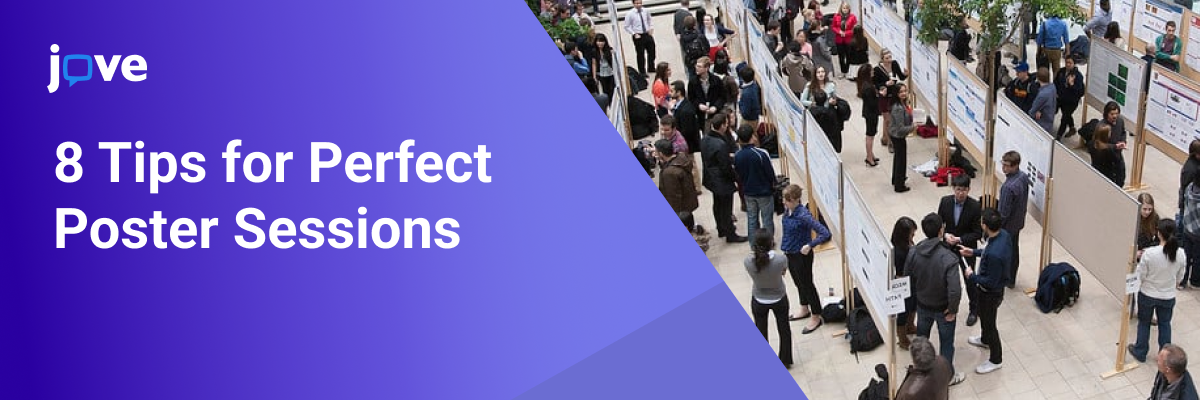When Leigh Steere prepares scientific research for a poster session, her greatest challenge is figuring out how to boil it all down. Assembling a compelling presentation from a complex experiment — and then fitting it onto a piece of poster board — is critical to her scientists’ success. In a sea of other presentations, standing out is half the battle.
 Queen's University bioscience poster session. Photo courtesy of the
Queen's University Flickr page
Queen's University bioscience poster session. Photo courtesy of the
Queen's University Flickr page
Steere has provided marketing communication consulting services since 1995, and she is the owner of a marketing communications firm, Incisive, based out of Colorado. When asked to share how she approaches preparation for a perfect poster session, she reduced the insight from her 18 years of experience into 8 easy guidelines.
- The presentation should stand out on its own. “Visitors need to be able to understand salient points at a glance, without someone standing there to explain everything.”
- Less is more. “Remember, an info-packed poster is useless if the audience can't remember the information, or doesn't know what points are most important.” Steere suggests building a presentation around three to five main points.
- Seek the assistance of writers/editors and graphic designers. Steere points out that while grammar and appearance may seem secondary to your content, they are reflective of your institution and are thus equally important. As a bonus, improving the allure of your display will result in more people viewing your poster.
- Make it look professional. “Avoid affixing 8.5”x11” printouts to a 3-panel Elmer’s corrugated board from Michael’s. That looks amateurish — like a middle school science fair project."
- Avoid lengthy prose and wordy sentences. The use of charts, graphs, photos and other visual elements should share the burden of your information. Be creative. Avoid what Steere refers to as “being the target of 'death by bullet point' jokes.”
- Use large font. Headlines should be readable from at least six feet away and body text from two feet away. “You want a group of people to be able to listen to you and see the poster. Design it so a group of people can all view it at the same time.”
- Play by the rules. Make sure you abide by all conference and poster guidelines. More, be prepared for setup. “You need to know, does this poster need to mount to a wall? Or will it be sitting on a table?”
- Last, don't forget to include your contact information. Steere suggests something like, “For more details on this technology, contact....”
What advice do you have on putting together a successful poster session? Share your success story in a comment below. If we like it, we may even send you a JoVE yo-yo.

